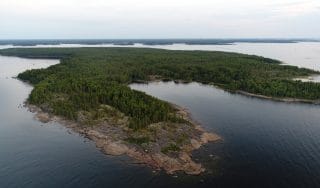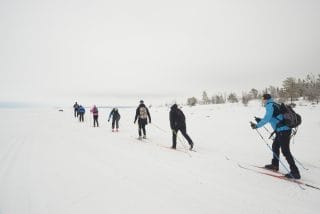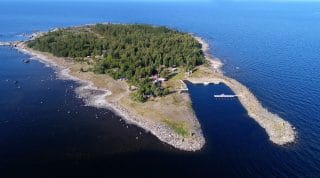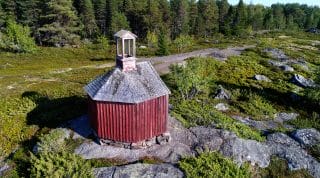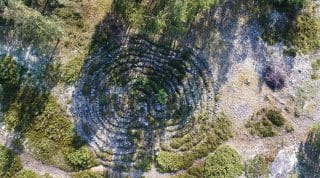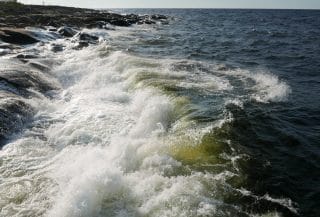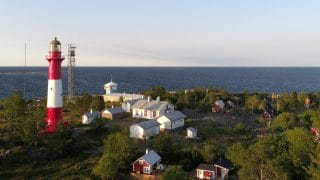
Tankar island and lighthouse in the outer archipelago is part of Kokkola National Urban Park. The rugged island emerged from the sea during the 1200s as a result of land uplift and became a landmark for seafarers. Because of land uplift, the island is continuously expanding and its vegetation changes.
For centuries, Tankar has provided shelter for fishermen and seal hunters. The existing lighthouse was completed in 1889, and it is still the brightest lighthouse in Finland. Vibrant communities have created a unique building stock and a charming fishing village around the island’s sheltered harbour. The village buildings include a small red church built in 1754. The buildings form a nationally significant built cultural environment. Tankar continues to be a traditional summer holiday destination for many coastal residents, and many of the fishermen’s cottages are still owned by the same families.
Duckboard trails and diverse vegetation make the island a great destination for ramblers. Some 260 bird species have been spotted on the island. The north cliffs and the southern and western shores of the island are the most important breeding grounds for birds. You could even spot a white-tailed eagle, Finland’s largest bird species by wingspan. In summer, visitors can count on meeting sheep that graze on the island.
Explore Tankar
Tankar is a versatile tourist destination that offers unforgettable nature experiences and glimpses of old-time island life. Tankar is part of the Natura 2000 nature conservation programme, and its beautiful ruggedness belies its fragile nature. Visitors must keep to marked trails and paths.
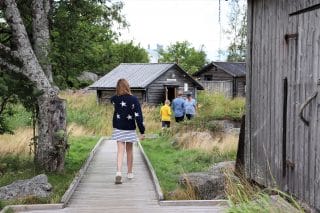
Tankar is great for day trips, but an overnight stay allows you to fully experience the island atmosphere. Overnight guests are treated to the magical sight of the lighthouse beacon out on the silent water. You can stay at Tankar Inn at the pilot station, or at the village guesthouse. During the day, visit the seal-hunting museum to explore the ancient livelihood of these shores. The lighthouse site and outbuildings take you on a journey through time and the lives of station pilots, lighthouse keepers and their families.
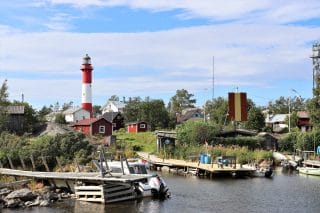
You can arrive by your own boat or jump on board the M/S Jenny. The island has a guest marina with 15 spaces. M/S Jenny operates regularly during the summer period between Tankar and Kokkola Meripuisto Park. The summer café, barbecue spots and the guest marina serve visitors and island-dwellers alike.




